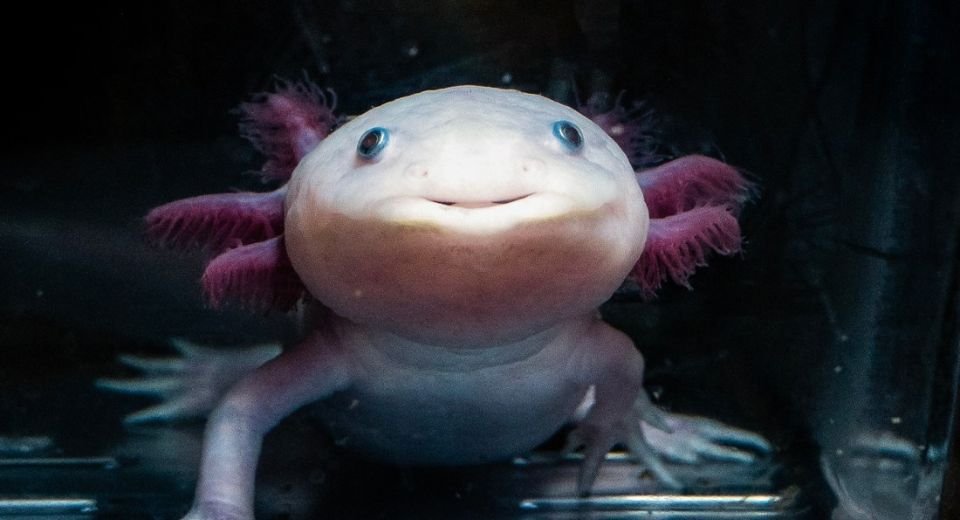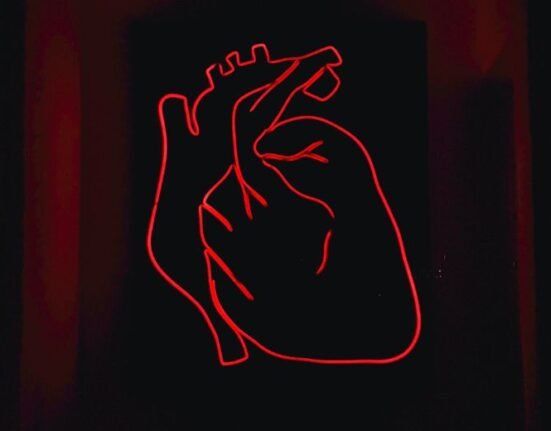HQ Team
June 23, 2025: US-based researchers at Northeastern University are trying to unravel how axolotls, a small salamander, a smooth-skinned amphibian that often lives in watery or damp places, regrow entire limbs and even organs, and may hold the secret to replicating it in humans.
James Monaghan, biology chair and professor at Northeastern University, has begun to uncover the secret behind the axolotl’s superpower and how it could be used to advance human regenerative medicine, according to a study published in Nature Communications.
Monaghan set out to answer a question that “has plagued the field for 200 years.” How does an axolotl know what body part to grow back? If it loses a hand, how does it know to just grow back a hand as opposed to an entire arm?
“It could help with scar-free wound healing, but also something even more ambitious, like growing back an entire finger,” Monaghan says. “It’s not out of the realm (of possibility) to think that something larger could grow back like a hand.”
Monaghan traces the regenerational ability and positional memory back to a molecule known as retinoic acid, which is responsible for telling an axolotl’s cells what body part to grow back and where.
Retinoic acid
Retinoic acid is not an axolotl-specific molecule — humans also have it, although they mostly get it from their diet and in skin medication like retinol.
With their signature smiles and pink gills, axolotls are the celebrities of the salamander world. They are a paedomorphic salamander, a species becoming extinct, that grows up but keeps the look and features of a baby or larva.
By examining axolotls, Monaghan discovered that the animals have a gradient of retinoic acid signalling. In the arm, for example, this means axolotls have more retinoic acid in their shoulder — and less of the enzyme CYP26B1 that breaks down the molecule — and less retinoic acid in their hands.
The retinoic acid acts as a cue to the regenerative cells, called fibroblasts, telling them what to grow back and how much to grow back.
“The cells can interpret this cue to say, ‘I’m at the elbow, and then I’m going to grow back the hand, ’ or ‘I’m at the shoulder. I have high levels of retinoic acid, so I’m going to then enable those cells to grow back the entire limb,” Monaghan said.
‘Pretty Frankensteiny’
Once he understood how key retinoic acid was to the body’s signalling, Monaghan started testing the limits of this system in ways that were “pretty Frankensteiny,” he said. By adding extra retinoic acid to an axolotl’s hand, the salamander grew a duplicated limb instead of just a hand.
Understanding the signal for regeneration is a major step toward applying these lessons to humans, Monaghan said.
Humans have retinoic acid and fibroblasts too, but unlike the axolotl’s body, where signals are getting sent between all these biological players, the cells in the human body are just not listening in the same way.
“When we injure an arm, our fibroblasts lay down collagen and start making a scar. In axolotls, the fibroblasts listen to retinoic acid and “turn back time just a little bit,” growing a new skeleton.
“If we can find ways of making our fibroblasts listen to these regenerative cues, then they’ll do the rest,” Monaghan said. “They know how to make a limb already because, just like the salamander, they made it during development.”
Short homeobox gene
Monaghan says that understanding the signals in an axolotl’s regenerative system is only part of the key. The next step is to understand the mechanics of the cells themselves and what retinoic acid is targeting inside the cells.
Monaghan already figured out one target: the short homeobox gene, or shox.
When retinoic acid signalling increased, shox was activated, indicating that the gene is extremely important for regeneration. Removing shox from the axolotl’s genome altogether with a gene editing technique called CRISPR-Cas9, Monaghan found that axolotls would grow very short arms with normal-sized hands.
“This is exactly what happens when humans have a shox mutation,” he said. “For regenerative biology or regenerative medicine to move forward, we need to understand where positional memory lies and how to manipulate it and engineer it,” he said.
“How do you make a cell move where you want? Changing its positional memory is critical for this.”




